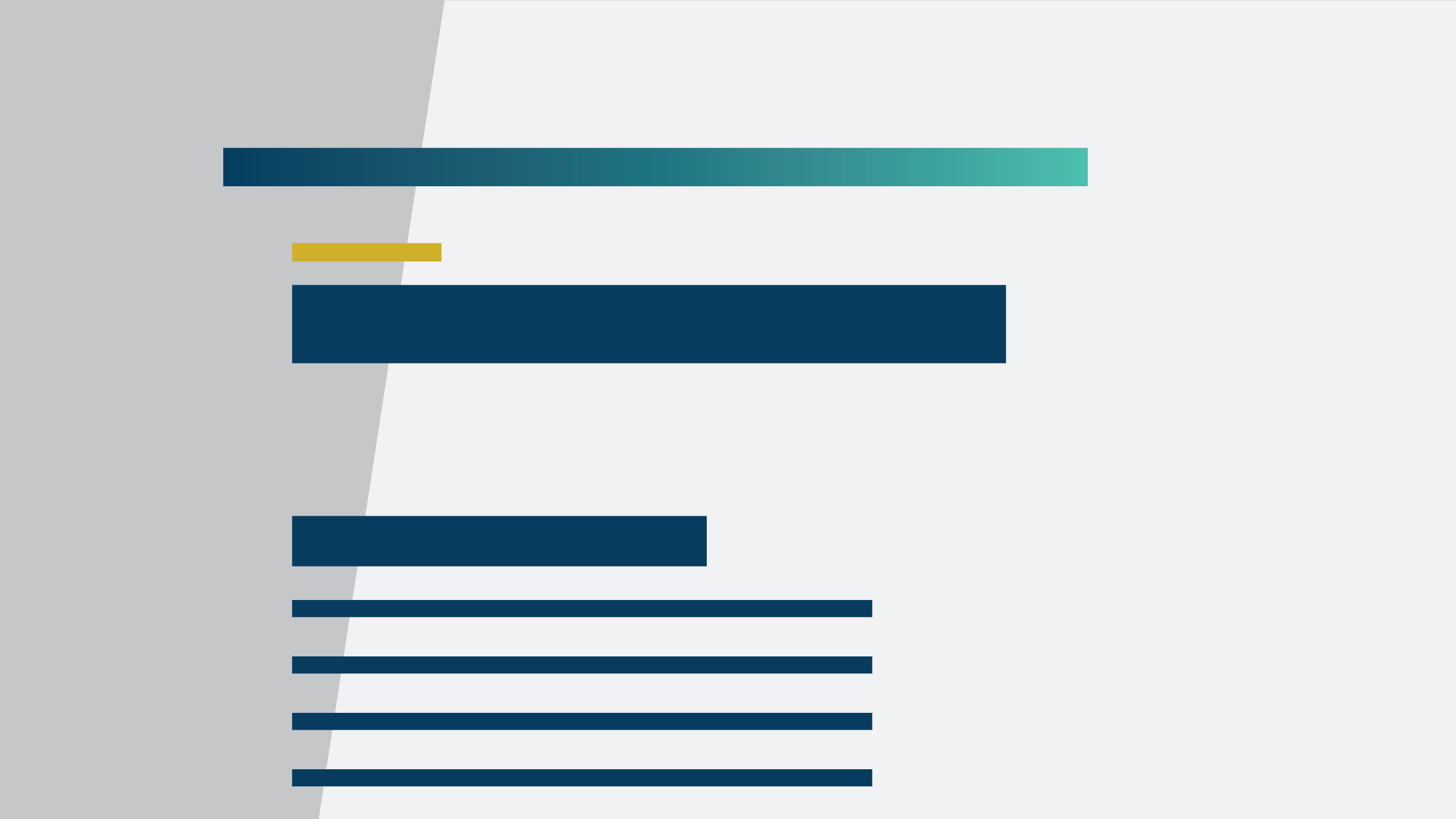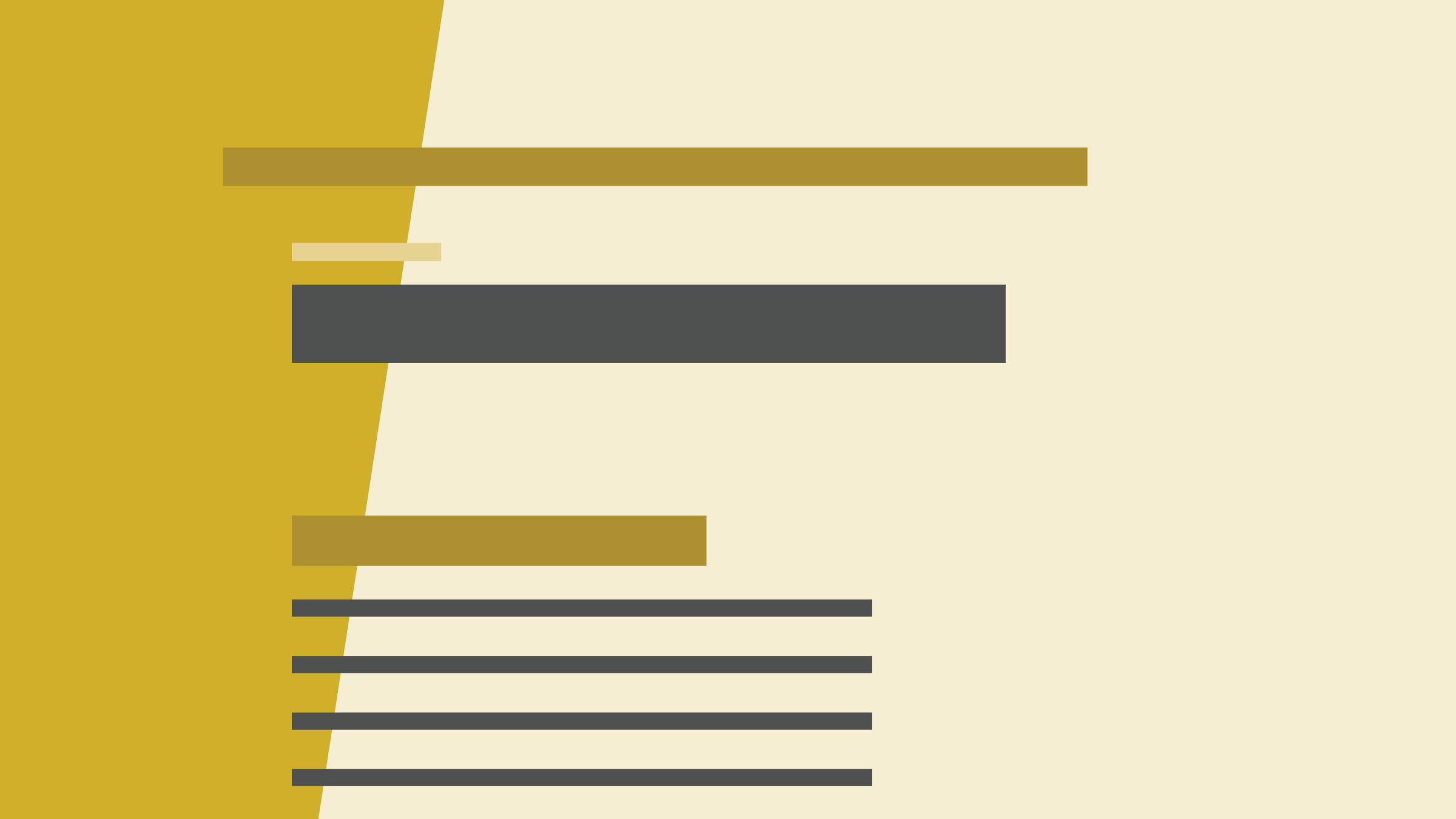Abstract
This paper is a study of bank panics under the U.S. National Banking System in 1864–1913. During this period, bank deposits in the United States, like those in Great Britain and Canada, were not insured by the government. Unlike the United States, however, neither of those countries had any bank panics. The U.S. panics were caused essentially by two unique features of the U.S. banking system: prohibitions on bank branching and pyramiding of bank reserves. In the paper, a model which includes these features is constructed, and it is shown that bank panics can occur even though all agents are rational. In this model, bank panics can be eliminated by a combination of reserve requirements, central bank loans, and occasional restrictions on cash payments by banks. The conclusion is that to eliminate bank panics, deposit insurance is not necessary.




